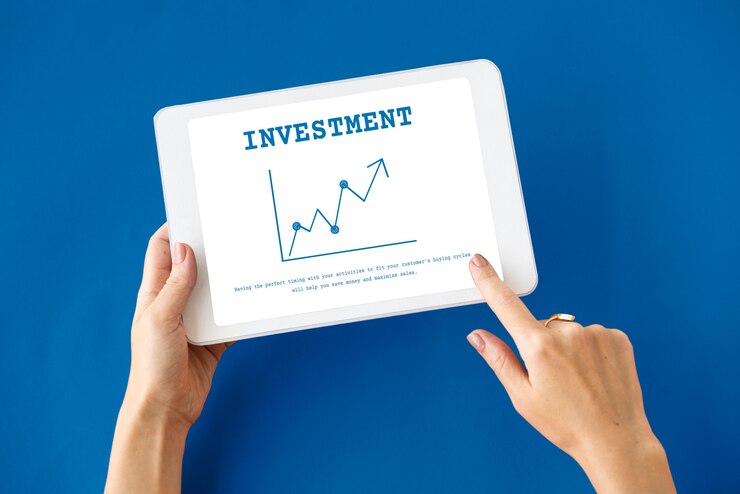UiPath (NYSE: PATH) initially captivated investors when it went public in April 2021. The robotic process automation (RPA) tools developer’s IPO debuted at $56, and its stock surged to a record high of $85.12 the following month.
Investors were enthralled by the growth potential of UiPath’s RPA tools, which could be integrated into a company’s applications to automate repetitive tasks like data entry, invoice processing, customer onboarding, and mass emailing. UiPath’s growth supported this bullish thesis initially. Its revenue skyrocketed 81% in fiscal 2021 (ended January 2021) and rose 47% in fiscal 2022. The pandemic also drove more companies to automate office tasks.
However, in fiscal 2023, UiPath’s revenue growth slowed to 19% as inflation, rising interest rates, and the Ukraine war forced companies to cut software spending. Its revenue grew 24% in fiscal 2024 as some headwinds eased, but its stock now trades nearly 60% below its IPO price at around $23. Despite this, some bulls still believe UiPath, the $13 billion RPA leader, could expand and evolve into a tech titan like Alphabet (NASDAQ: GOOG) (NASDAQ: GOOGL) over the next two decades.
UiPath is Comparable to Google – 20 Years Ago
UiPath generated $1.3 billion in revenue in 2023. Alphabet, which went public as Google in 2004, generated $1.5 billion in revenue in 2003. However, from 2003 to 2023, Alphabet’s revenue had a remarkable compound annual growth rate (CAGR) of 30%, rising from $1.5 billion to $307.4 billion. This rapid expansion was driven by the growth of its market-leading search engine, YouTube’s streaming video platform (acquired in 2006), mobile OS and apps, and other cloud-based services.
It could be challenging for UiPath to grow at a comparable rate over the next 20 years. For now, analysts expect its revenue to have a CAGR of just 18% from fiscal 2024 to fiscal 2026 as the macroeconomic environment stabilizes. The company might still leverage its dominance of the growing RPA market to maintain double-digit growth through the end of the decade. UiPath controlled about 36% of the global RPA market last year, according to Gartner, while its closest competitors each held shares of less than 10%. Fortune Business Insights believes the RPA market could still show a CAGR of 20% from 2023 to 2030.
If UiPath keeps pace with that market, its annual revenue could reach $7.2 billion by 2030. If the company then continues to have a more moderate CAGR of 15% from 2030 to 2044, its revenue could rise to $50 billion by the final year.
If UiPath keeps pace with that market, its annual revenue could reach $7.2 billion by 2030. If the company then continues to have a more moderate CAGR of 15% from 2030 to 2044, its revenue could rise to $50 billion by the final year. While significantly lower than Alphabet’s $307 billion revenue in 2023, this growth trajectory could potentially drive UiPath’s stock to be nearly a 40-bagger over the next 20 years if its valuations remain steady.
Unpredictable Challenges Ahead for UiPath
UiPath’s long-term prospects seem promising, but it faces stiff competition from tech giants like Salesforce and Microsoft, which have been rolling out more RPA services for their cloud-based ecosystems.
Additionally, UiPath faces pressure from C3.ai, which integrates its AI algorithms into a company’s software infrastructure to accelerate, automate, and optimize certain tasks. There’s also a strong chance that newer generative-AI platforms like ChatGPT will make it easier for companies to automate their own tasks without relying on UiPath’s stand-alone RPA tools.
UiPath insists it can adapt by upgrading its RPA platform with more AI tools. It believes these tools will help it process tasks across an unstructured work environment by understanding the data instead of merely automating repetitive tasks. However, without its own dedicated cloud infrastructure platform, UiPath could struggle to scale those AI services and keep pace with its larger competitors.
Unlikely to Become the Next Alphabet
UiPath’s business is stabilizing, but it remains unprofitable on a GAAP basis and faces daunting long-term challenges. Its niche RPA market is growing, but it’s nowhere as vast as Alphabet’s core markets of digital advertising and cloud computing. Therefore, while UiPath might still have room to grow as more companies accelerate their digital transformations, it’s premature to consider it the next Alphabet.
To be seriously compared to that tech leader, UiPath will need to significantly scale up its RPA business, expand its ecosystem into other markets, and possibly build its own cloud infrastructure to support that growth
To be seriously compared to that tech leader, UiPath will need to significantly scale up its RPA business, expand its ecosystem into other markets, and possibly build its own cloud infrastructure to support that growth. Most of those things are unlikely to happen within the next few years.




Comments are closed